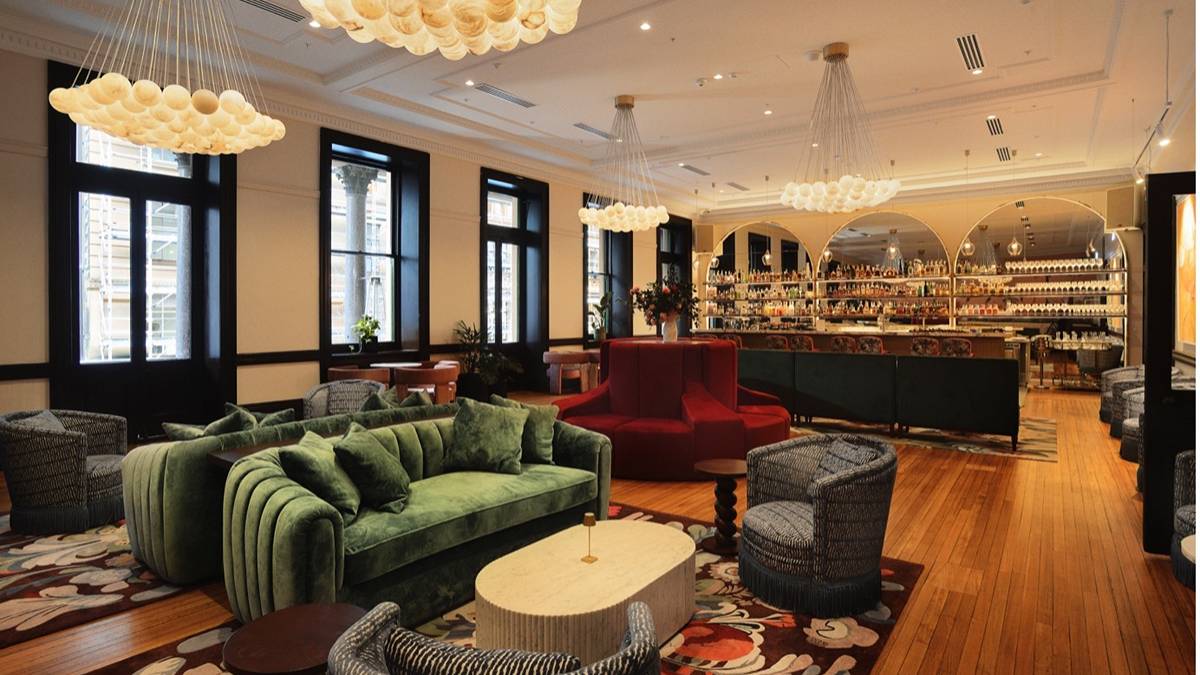Inside the new boom of private members’ clubs

Pic: The Pillars
- Investors are seeing increased global appetite for private members’ clubs, including the US$2.7 billion acquisition of Soho House
- In a post-Covid world, people are seeking curated, real-world communities over digital-only networks
- Proprietors in Australia are looking to catch up and take part with heritage, wellness and discretion
Special Report: Private members’ clubs, once the domain of old-world elites, are enjoying a modern revival.
Globally, demand for curated communities is surging, with investors pouring billions of dollars into the sector. The standout marker came when Soho House, the pioneer of the modern club model, was acquired for US$2.7 billion, highlighting the commercial value of belonging.
These clubs are no longer about cigars and oak-panelled rooms. They’ve evolved into sanctuaries where leaders mix work, wellness, dining and culture. For many executives and entrepreneurs, it is about finding spaces where trust, discretion and connection thrive – luxuries that can be difficult to access in a hyper-connected, digital-first world.
From Zoom to the room
The pandemic deepened the appeal. While digital platforms made it easier than ever to connect, they also created fatigue. What’s missing, argues Jonathan Lui, co-founder of Sydney’s The Pillars (as well as successful gig-economy startup Airtasker), is the sense of trust and belonging that comes from physical connection.
“People want to be part of a real, physical community again,” Lui says. “Digital communities are prolific and useful, but nothing replaces the trust and belonging that comes with face-to-face connection.”
Why people are paying for it
The willingness to pay for membership underscores how community itself is now seen as an asset. Joining fees and annual subscriptions buy more than access to facilities – they buy privacy, discretion and networks that are difficult to replicate elsewhere. For some, it’s also about performance: having access to wellness programs, events, and spaces designed to help them get more out of their day.
Legacy institutions like The Australian Club or The Queen’s Club have catered to their communities for more than a century, but new generations are looking for spaces that are more inclusive, diverse and attuned to modern professional life.
Steve Grace – also a cofounder of The Pillars – says his own design philosophy was less about being exclusive for exclusivity’s sake, and more about providing members with discretion, cultural programming and wellness opportunities that support their professional and personal lives.
“We’ve designed the club so that our members can extract that extra edge out of their day when they conduct their business,” Grace says. “The club’s strict no-photo policy underscores that emphasis on privacy, which members – from venture firms to executive teams – regard as non-negotiable.
A broader shift
The rise of clubs like The Pillars points to a shift in how Australians view community. For investors, the model makes sense: memberships create recurring revenue, food and beverage spend grows with utilisation, and demand strengthens as exclusivity increases. For members, the value lies in the network and the sanctuary these spaces provide.
As Lui puts it: “The world is rediscovering the value of community.”
This article was developed in collaboration with The Pillars, a Stockhead advertiser at the time of publishing.
This article does not constitute financial product advice. You should consider obtaining independent advice before making any financial decisions.
UNLOCK INSIGHTS
Discover the untold stories of emerging ASX stocks.
Daily news and expert analysis, it's free to subscribe.
By proceeding, you confirm you understand that we handle personal information in accordance with our Privacy Policy.








